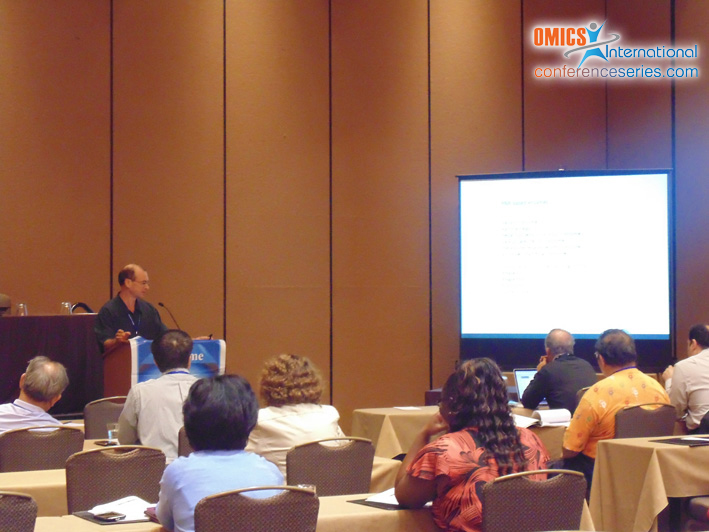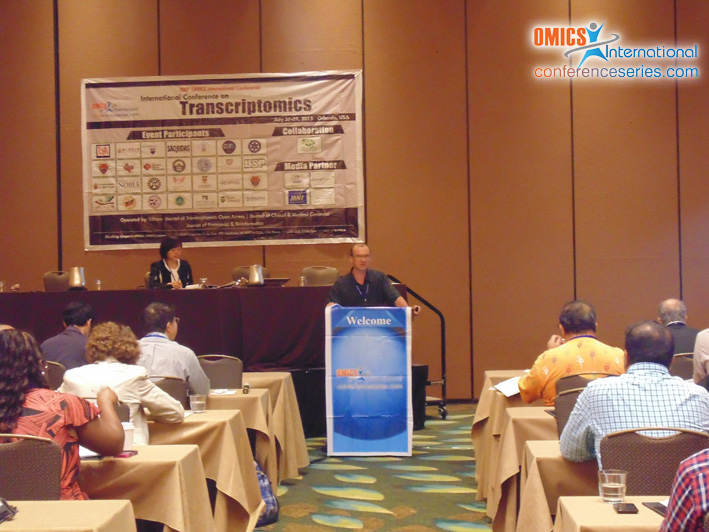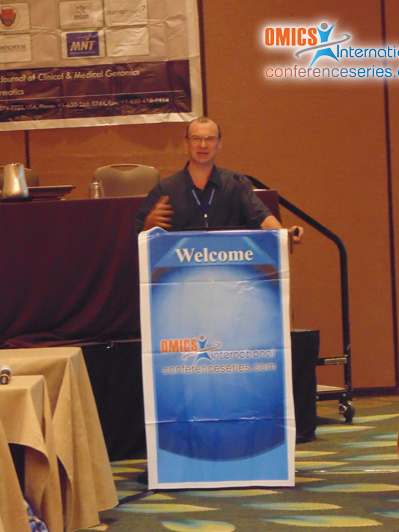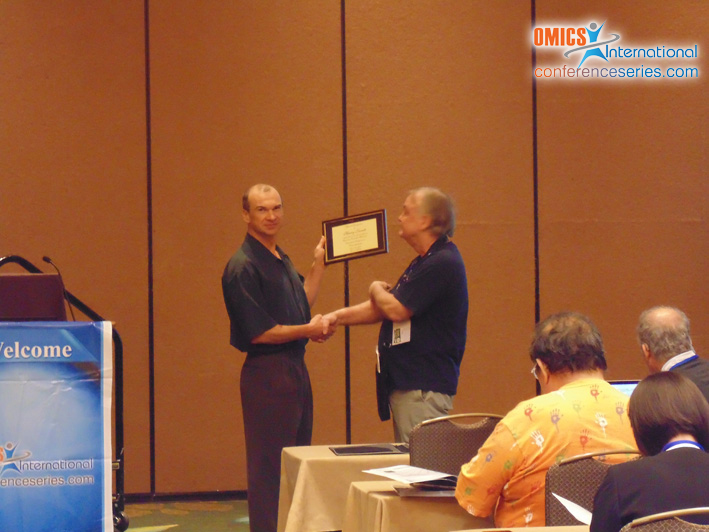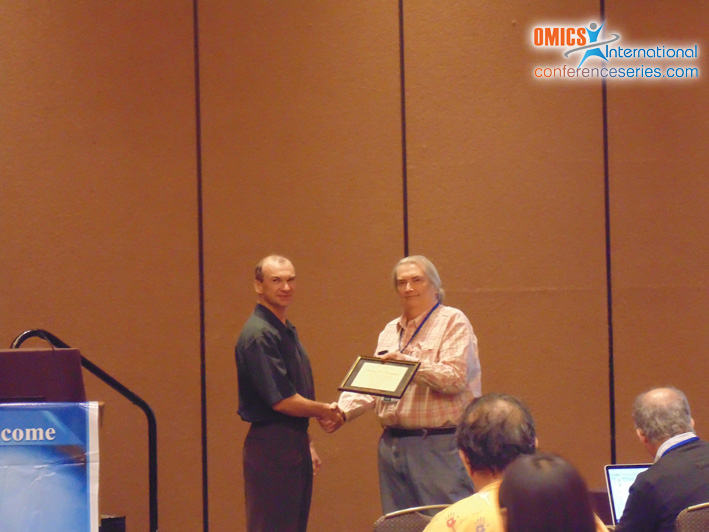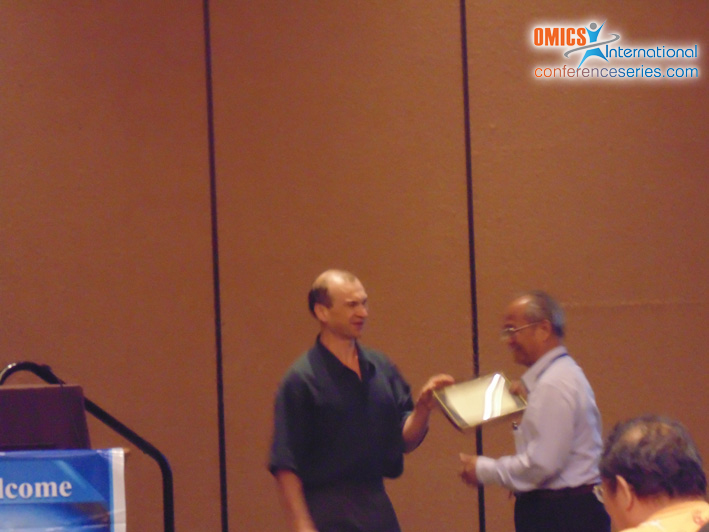
Andrey S. Krasilnikov
Penn State University, USA
Title: Transcripts to cleave transcripts: Structure and function of RNA-based Ribonucleases P and MRP
Biography
Biography: Andrey S. Krasilnikov
Abstract
RNA-based enzymes of the Ribonuclease (RNase) P/MRP family are large catalytic ribonucleoprotein complexes. These enzymes are highly unusual as they do not use proteins as their catalytic moiety, but rely on RNA for catalysis. The best known enzyme of the family, RNase P, is found in all three domains of life and is primarily responsible for the maturation of the 5’-end of tRNAs. Bacterial RNase P consists of an RNA component that is capable of cleaving substrates in vitro without any protein participation, and a small protein that is required for activity under physiological conditions. Archaeal and eukaryal RNases P have RNA components that are similar to that in the bacterial enzyme, although the catalytic ability of their RNA is severely diminished. At the same time, the essential auxiliary protein part of the archaeal and eukaryal RNases P grew considerably. The reasons for the increased reliance on proteins in the more evolutionarily advanced RNases P are not well understood. The other, much less studied enzyme of the RNase P/MRP family, is RNase MRP. RNase MRP is universally found in all eukaryotes. It is an essential enzyme that participates in the metabolism of a wide range of transcripts, from rRNA to some mRNAs. Mutations in RNase MRP result in a range of developmental disorders in humans. Structurally RNase MRP resembles eukaryotic RNase P, but it has evolved to have distinct specificity. We will discuss the recent advances in our understanding of the structure, function, and evolution of RNases P and MRP

